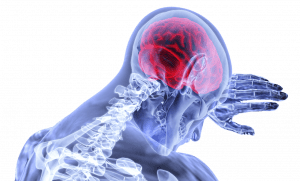 “Different brain networks mediate the effects of social and conditioned expectations on pain”
“Different brain networks mediate the effects of social and conditioned expectations on pain”
Beliefs and expectations shape human experience and behavior in many important ways. Expectations could be based on what we have learned from our own prior experience, via classical conditioning or other forms of associative learning or they can stem from secondary sources, such as what others tell us about their experiences. However, it remains unclear whether similar or different neural systems mediate direct experience-driven and vicarious influences. In this study, we used fMRI to dissociate the brain mediators of social influence and associative learning effects on pain and observed that social information and conditioned stimuli each had significant effects on pain ratings, and both effects were mediated by self-reported expectations. Yet, these effects were mediated by largely separable brain activity patterns, involving different large-scale functional networks. These results show that learned versus socially instructed expectations modulate pain via partially different mechanisms—a distinction that should be accounted for by theories of predictive coding and related top-down influences.
Continue reading “Socially conveyed expectations vs. learned expectations and their underlying neural systems”







